The People’s Republic of China, the world’s most populous country and soon to be, largest economy, is a vast and dynamic nation. I feel very fortunate to have the opportunity to work in some of China’s most exciting cities, and with so many talented and enthusiastic musicians as they study and prepare to perform the masterworks Western classical music. I always try to have my trusty iPad with me so that I can document some of the amazing things that I see on a daily basis. As the Chinese say, things are always changing in China, so you don’t want to miss what might not be there tomorrow.
I want to make the disclaimer that I am not a professional photographer, but I do try to imagine everything that I see through my aesthetic as an artist – albeit primarily a musical one. I do think that these pictures have everything to do with my activities here as they inform and enrich every kind experience, especially those that inspire me musically. I hope that you will understand the diversity that is modern China – a land that is undergoing tremendous growth and change. In my brief time – six years – of traveling to China, I have seen how fast things grow, develop and change. It is, I believe the new land of opportunity, much as America was a couple of generations ago. Opportunity is spread across an amazingly broad spectrum including investment in green energy, education, research and development, retail and, happily for me, includes a burgeoning interest in the arts (Western and Asian), particularly Western classical music. There is so much to do in China that the problem becomes where to spend the time and the energy. For me that decision is between music performance and education.
So in my travels throughout China, I will try to capture some of the fascinating things I see, and I’ll share them with you here. I am posting these images with the explicit hope that you will not only enjoy seeing them, but that you will use them in some way: in your own work (personal or commercial), on your computer as a desktop image or wallpaper, in a book or digital publication. I only ask that if you republish them or use them commercially, please use them without modification and attribute them to me.

All of the images in this section are created by Thomas J. Folan and licensed under a Creative Commons Attribution-NoDerivatives 4.0 International License.
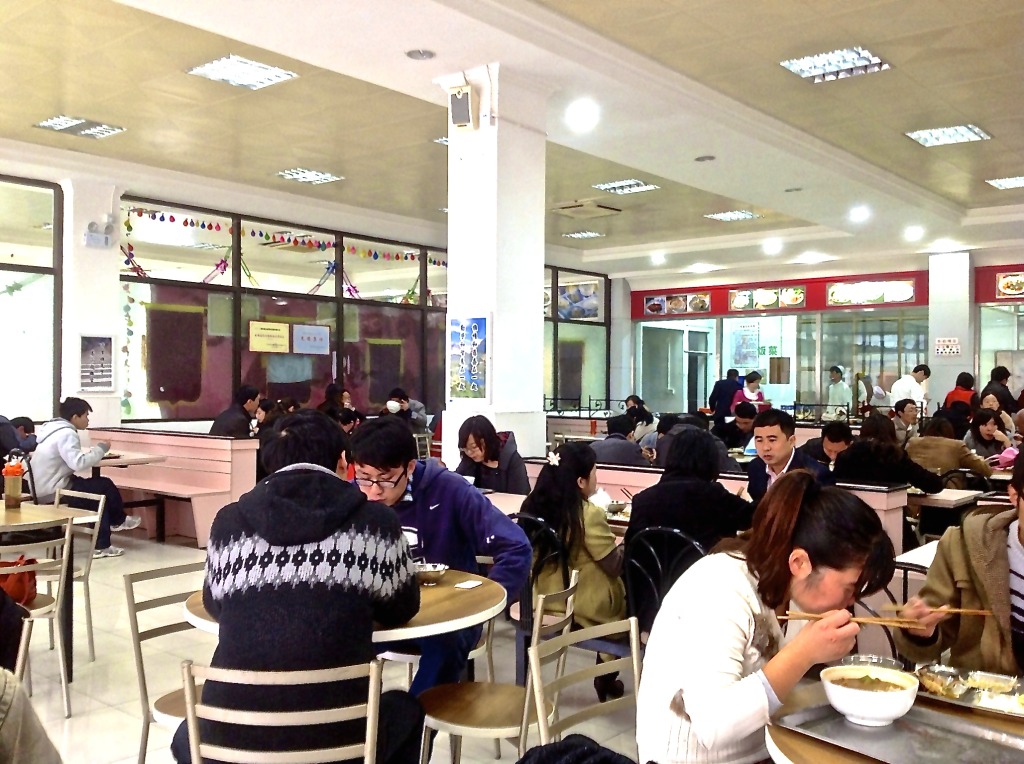 Students at universities eat the majority of their meals in canteens on campus but, unlike American schools, these dining halls offer a number of different regional cuisines (Se chuan, Cantonese, Shanghainese, etc.). This is because the dining system is not run by a single food service or staffed by the university. Instead the government contracts individual vendors and partially subsidizes them to make the meals affordable. The arrangement is an interesting coupling of government control and competitive capitalism.
Students at universities eat the majority of their meals in canteens on campus but, unlike American schools, these dining halls offer a number of different regional cuisines (Se chuan, Cantonese, Shanghainese, etc.). This is because the dining system is not run by a single food service or staffed by the university. Instead the government contracts individual vendors and partially subsidizes them to make the meals affordable. The arrangement is an interesting coupling of government control and competitive capitalism.
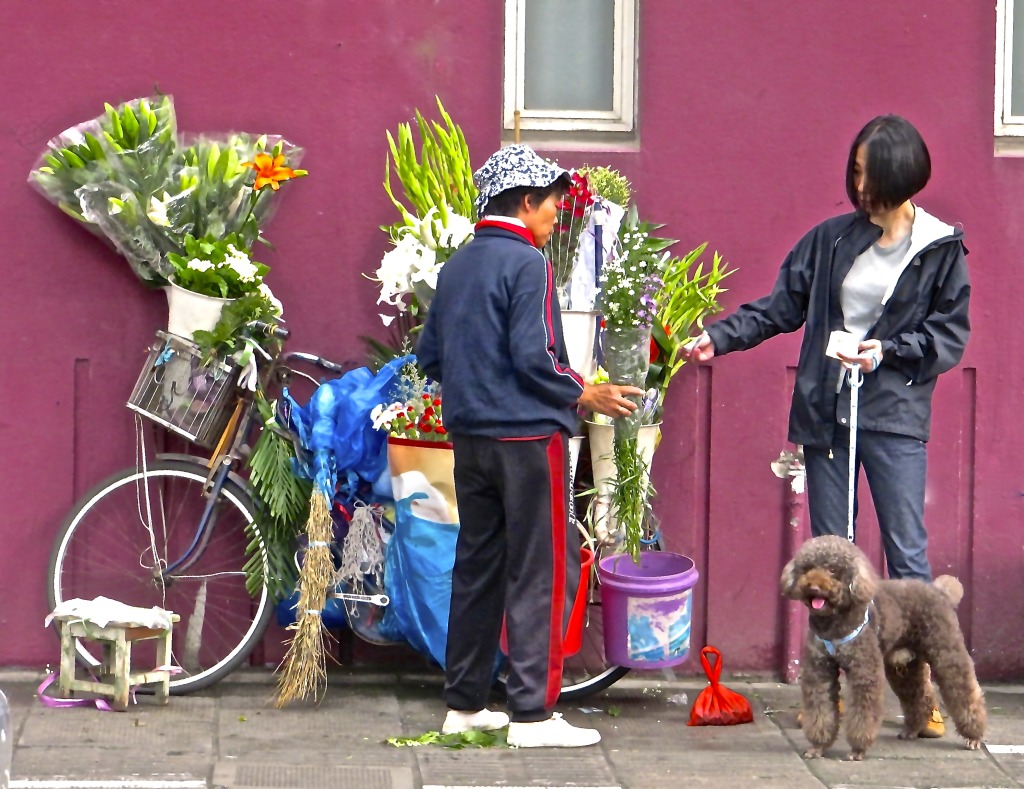
Delightful scenes like this occur everywhere on the streets of Shanghai. There are many vendors selling a variety of foods, fruits, and vegetables and, of course, flowers. It is hard to tell the difference between vendors that are legal and have permits and those which are illegal and don’t have the requisite permissions. One way that you know is that with the appearance of a cop, the illegal vendors pack up quickly and move on. But most are back as soon as the authorities have disappeared.
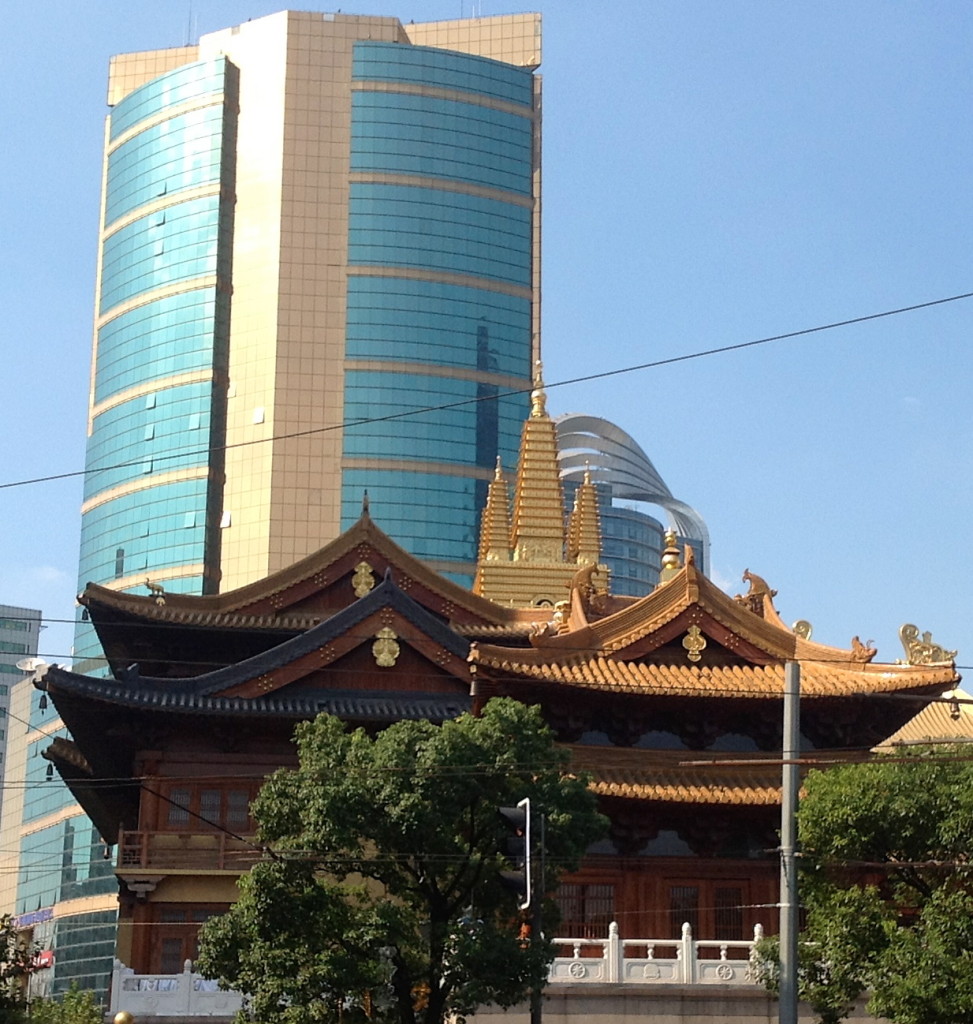 Few sights demonstrate the convergence of East and West in China more poignantly than the variety of architectural styles found in its mega cities. Although the temple in the foreground represents an ancient cultural as well as architectural tradition, this temple is actually a 21st century re-creation, quite possibly more recently constructed than the high rise in the background.
Few sights demonstrate the convergence of East and West in China more poignantly than the variety of architectural styles found in its mega cities. Although the temple in the foreground represents an ancient cultural as well as architectural tradition, this temple is actually a 21st century re-creation, quite possibly more recently constructed than the high rise in the background.
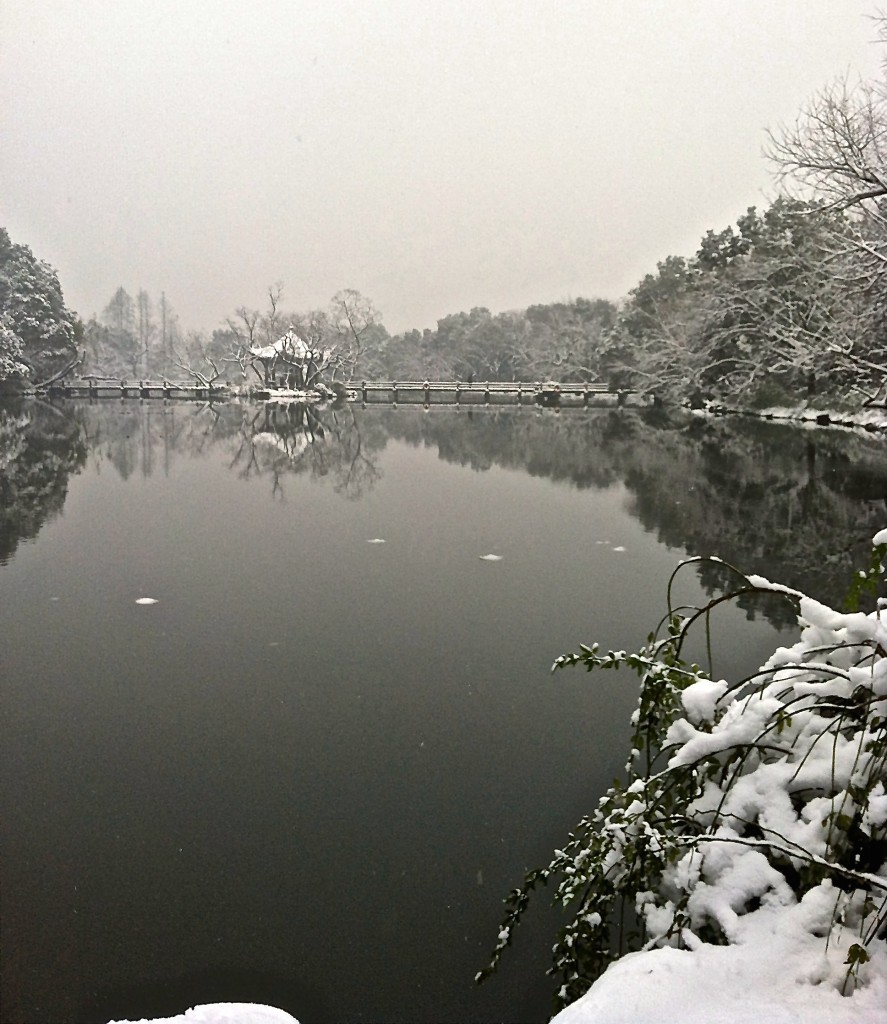 What I find extraordinary about this picture is the perfect calm of the water – not a ripple anywhere. You can’t look at this picture without feeling your blood pressure lowering.
What I find extraordinary about this picture is the perfect calm of the water – not a ripple anywhere. You can’t look at this picture without feeling your blood pressure lowering.
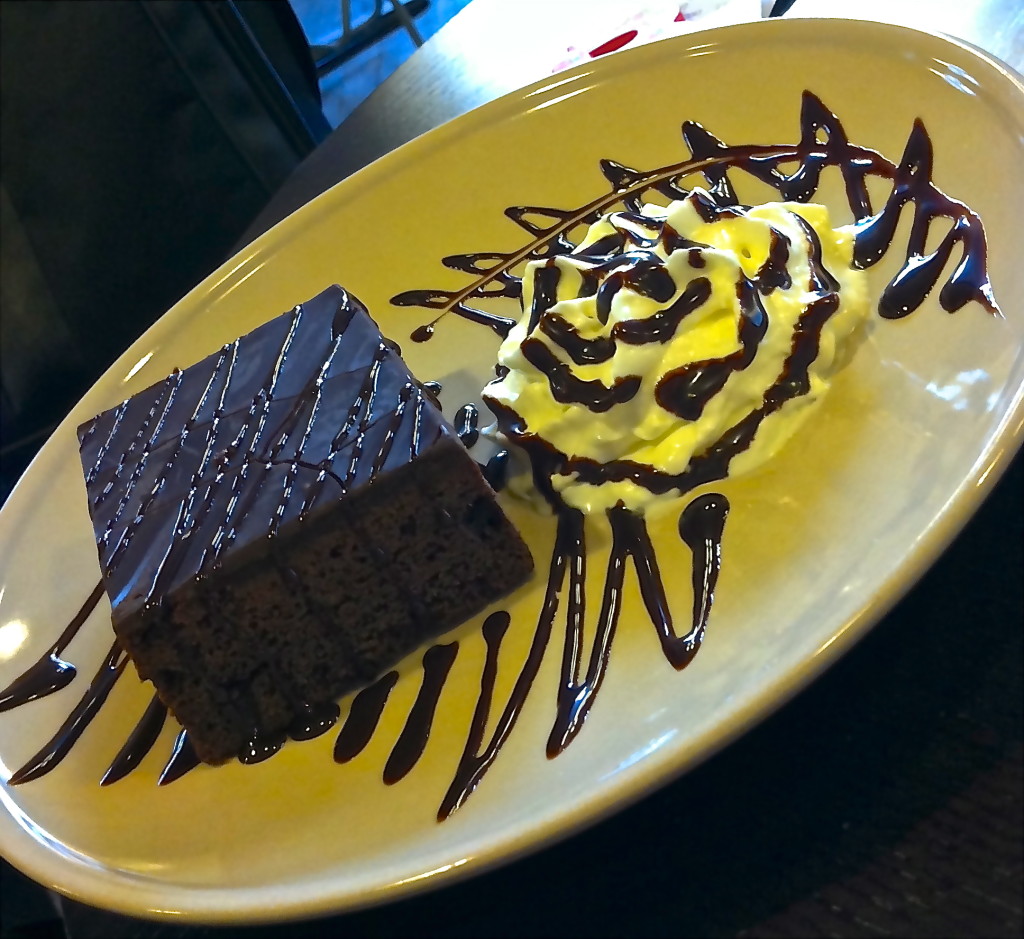 Traditional Chinese cuisine mostly eschews the sweet desserts that we have in the West. But especially in the big cities, the natives are fast developing a sweet tooth as evidenced by the proliferation in recent years of coffee shops and bakeries. For a treat I will seek out a coffee shop or small western style restaurant where I occasionally will satisfy my craving, as evidenced by the confection above.
Traditional Chinese cuisine mostly eschews the sweet desserts that we have in the West. But especially in the big cities, the natives are fast developing a sweet tooth as evidenced by the proliferation in recent years of coffee shops and bakeries. For a treat I will seek out a coffee shop or small western style restaurant where I occasionally will satisfy my craving, as evidenced by the confection above.
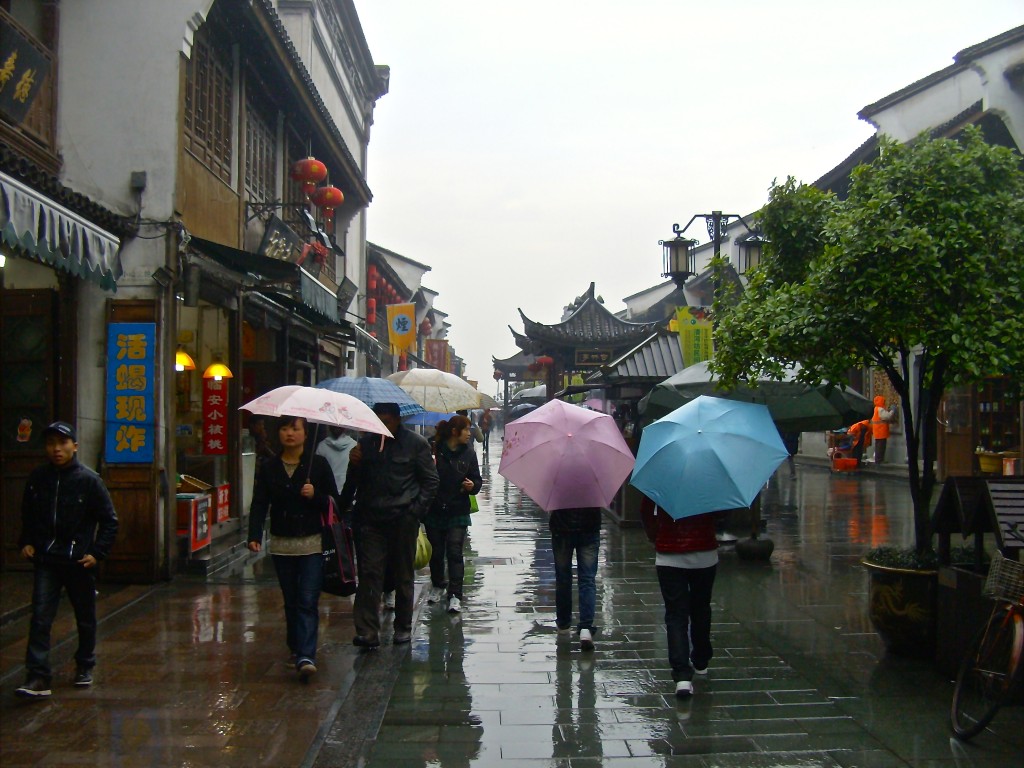 Even within cities that have populations in the millions, there are still streets like the one above, zoned only for pedestrians, the busy city traffic kept at a good distance, and separating the quiet feel of an old place, with the bustle of modern life.
Even within cities that have populations in the millions, there are still streets like the one above, zoned only for pedestrians, the busy city traffic kept at a good distance, and separating the quiet feel of an old place, with the bustle of modern life.
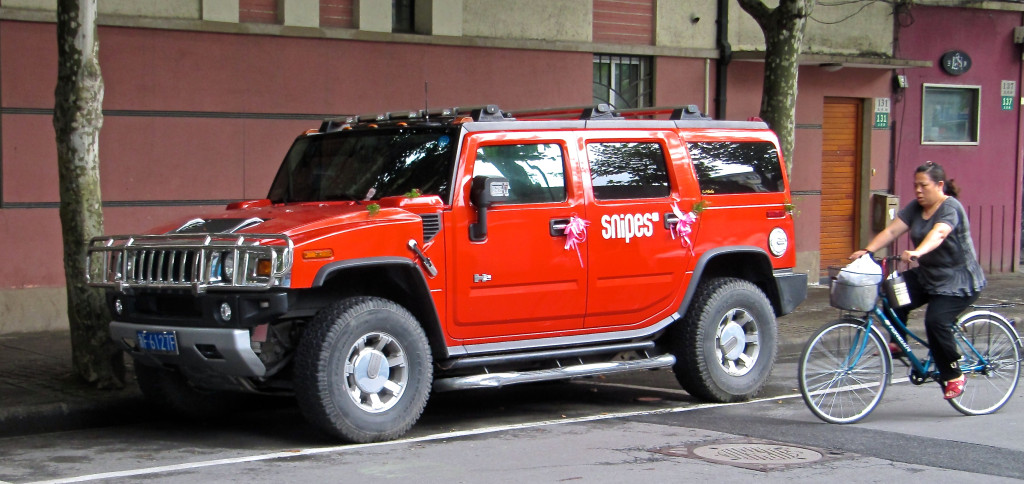 Such stark contrasts in transportation are becoming more common in China, especially in the big cities. As a consequence of the vast amount of wealth that is being created, there is more and more an interest in buying vehicles such as the Hummer shown above. GM sold the brand to a Chinese company, further demonstrating the growing market for vehicles that are “over the top”. Registering such a vehicle in Shanghai costs many thousands of dollars (US), sometimes coming close to the cost of the vehicle itself. But it will be a long time before cars outnumber the millions of bicycles that are still a mainstay of transportation.
Such stark contrasts in transportation are becoming more common in China, especially in the big cities. As a consequence of the vast amount of wealth that is being created, there is more and more an interest in buying vehicles such as the Hummer shown above. GM sold the brand to a Chinese company, further demonstrating the growing market for vehicles that are “over the top”. Registering such a vehicle in Shanghai costs many thousands of dollars (US), sometimes coming close to the cost of the vehicle itself. But it will be a long time before cars outnumber the millions of bicycles that are still a mainstay of transportation.
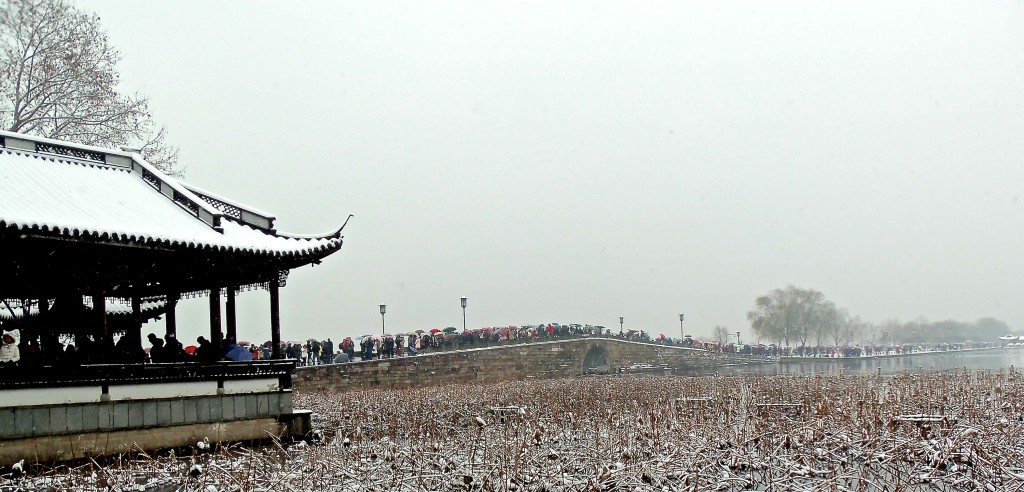 When the weather is inclement, that usually means staying indoors where it is warm and dry. But that was not the memo that the citizens of Hangzhou got during the very rare winter weather event pictured above. It seemed as though the whole city turned out to walk, take pictures, throw snowballs and build snow people. It was a truly magical day and I relished in the sense of community that was all around me. This was the first measurable snow in about thirty years.
When the weather is inclement, that usually means staying indoors where it is warm and dry. But that was not the memo that the citizens of Hangzhou got during the very rare winter weather event pictured above. It seemed as though the whole city turned out to walk, take pictures, throw snowballs and build snow people. It was a truly magical day and I relished in the sense of community that was all around me. This was the first measurable snow in about thirty years.
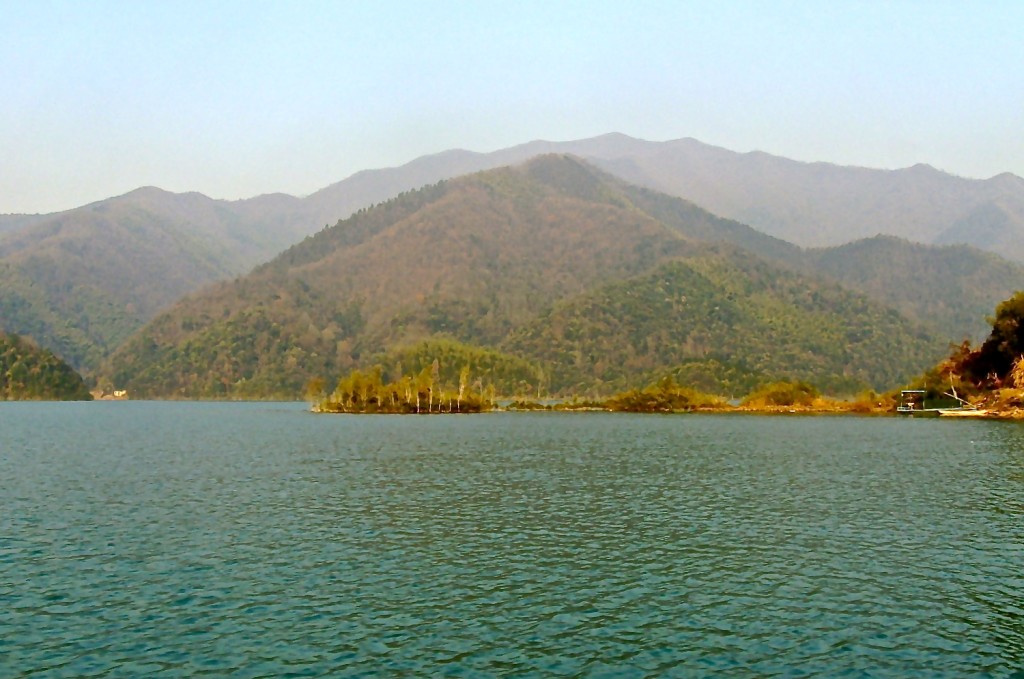 Feng Shui is something that the Chinese pay attention to. To have good feng shui means that wind and water flow naturally toward and away from each other – it refers generally to the harmony achieved between air and water. Good feng shui means that a family will experience good fortune and prosperity. In the US, it refers mostly to a type of interior decorating. One thing I have learned is that it can mean slightly different things to different people, thus in keeping with the idea of harmony and fluidity.
Feng Shui is something that the Chinese pay attention to. To have good feng shui means that wind and water flow naturally toward and away from each other – it refers generally to the harmony achieved between air and water. Good feng shui means that a family will experience good fortune and prosperity. In the US, it refers mostly to a type of interior decorating. One thing I have learned is that it can mean slightly different things to different people, thus in keeping with the idea of harmony and fluidity.
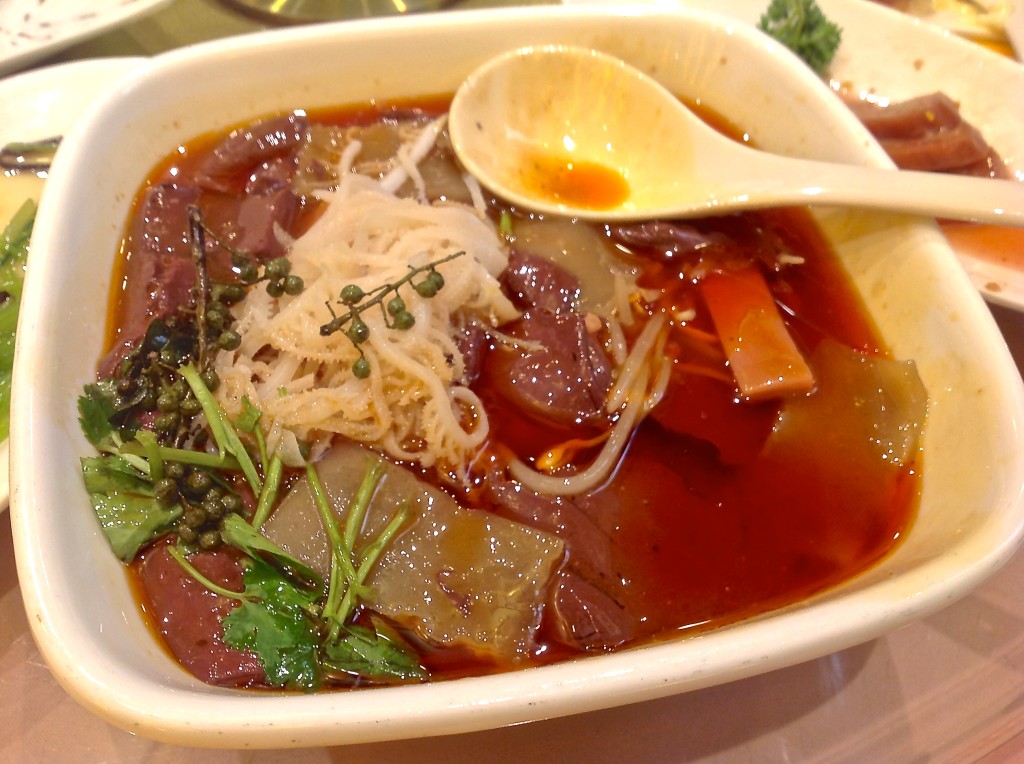 Chinese cuisine is full of recipes for soups of all sorts. The soup in this picture roughly translates to blood soup – its main ingredient is organ meat – usually from a duck or cow. In addition to livers and sometimes tripe (intestines), there is the addition of a variety of greens, and other herbs and spices. It makes for a very fragrant and warm dish – perfect for winter weather.
Chinese cuisine is full of recipes for soups of all sorts. The soup in this picture roughly translates to blood soup – its main ingredient is organ meat – usually from a duck or cow. In addition to livers and sometimes tripe (intestines), there is the addition of a variety of greens, and other herbs and spices. It makes for a very fragrant and warm dish – perfect for winter weather.











